How-To: Tight Terrain Techniques
This content was originally published in Issue #29 of Transmoto Dirt Bike Magazine, 2013.
If you have to ask why riding tight terrain is such an essential skill, then you’ve probably never swung a leg over an off-road bike. There’s huge trees everywhere on this big, brown land’s surface and, when you’re not dodging them, there are plenty of other obstacles to stop you going straight ahead and make you think about the best way through. Unlike the more open terrain you might ride, an attacking attitude and heavy throttle have no place here. Instead, you go with the flow.
With often dimly lit, damp terrain that can hide a multitude of wheel-grabbing sins, smooth caution wins the day here. And, unlike on the faster but more open terrain, a mishap here can send you headfirst into the nearest Xanthostemon or Brachychiton – damn big trees that make you feel broken and crying like a princess. Bloody tree-mendous!
Back in his former days with Yamaha, Daniel Milner explains the best (and worst) way to weave your way through the tight stuff and safely out the other side…

Thinking Ahead
Even before I’ve swung a leg over my bike, I’m working on a mental checklist of how the ride will pan out. You can tell how slippery the track will be from the recent weather. And I don’t just mean that if it’s been raining, it’ll be wet! A long, dry period can see the ground just as slippery, or bright sun and bone-dry on the open paddocks can often fool you into thinking it’ll be the same under the canopy of the trees. Don’t be fooled, as there are some areas that never seem to completely dry out and it’ll be here that you’ll lose the front if you attack with too much speed or confidence. You’ll also be momentarily blinded as you go from the bright light into the darkness of the tree section, and this is where you’ll need your wits about you most.
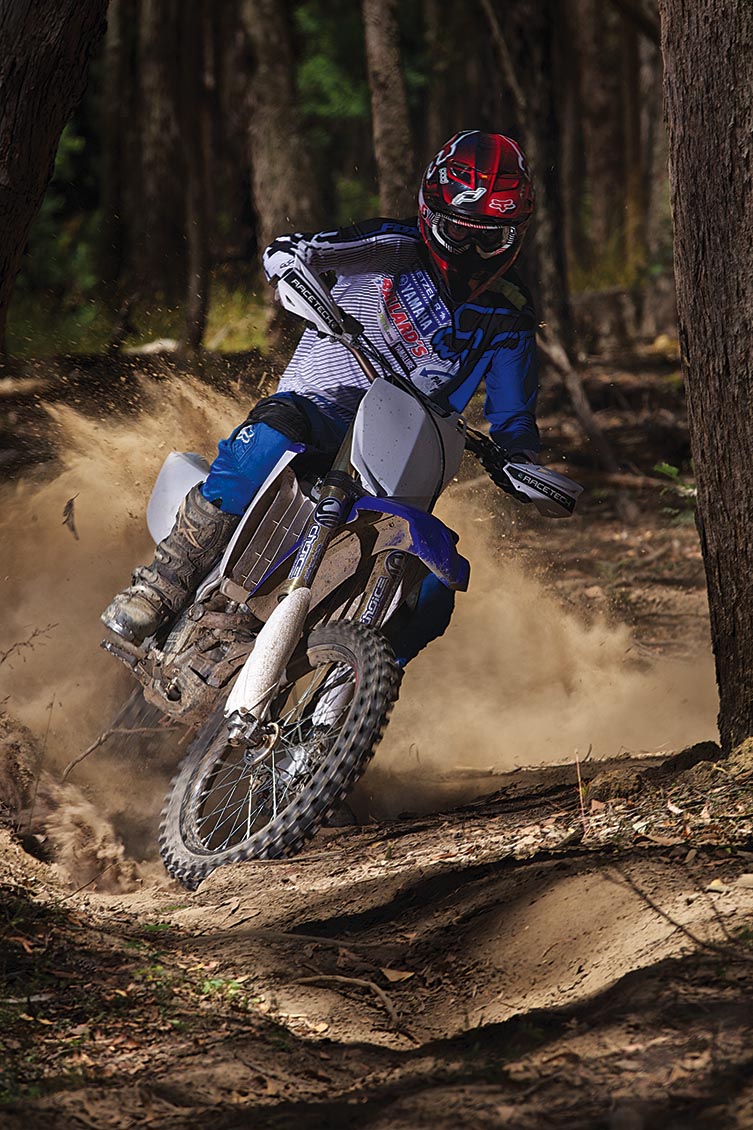
Virgin or Spoiled
Are you the canary of the pack or is this the fifth time you’ve been on this loop. How you ride the section will differ if it’s your first time round and you’re cutting in a new track or if you’re knee-deep in ruts and chasing the rider in front. I reckon I can ride about 10 to 15% faster the second time through the same section – by then, I’ve worked out the severity of the bends, the position of any obstacles and how cut-in the ruts are. The only downside is if there has been a heap of riders in between your last loop and this one, who might have shifted enough dirt to expose new dangers – tree roots or wombat holes – or something unexpected like a fallen log or a slow moving Iguana. Before I enter the section, I’m reminding myself to expect the unexpected and be ready to react before it becomes a problem.
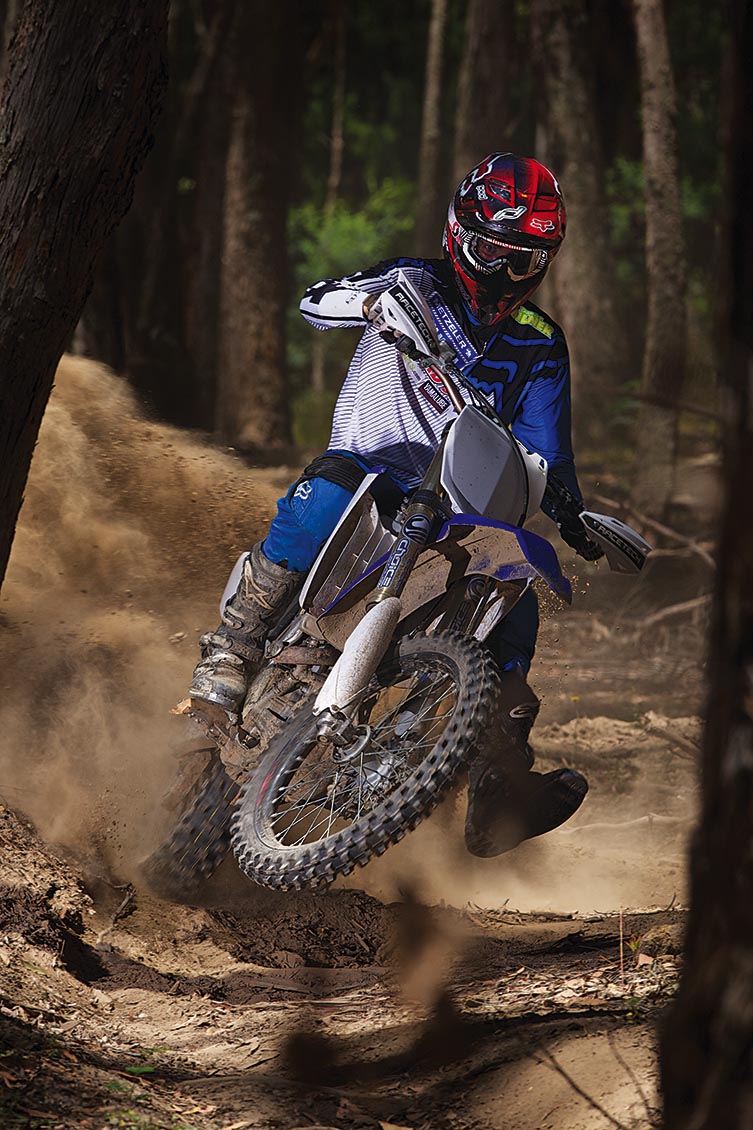
Smooth throttle control will see the bike remain stable through the corner. Whereas braking too late and hard acceleration will kill your flow and times.
Fast vs Flow
If you think you’re going fast, chances are that you’re not. With speed comes hard acceleration, heavy braking and energy-sapping steering inputs. The secret is to avoid all of those actions and find a flow and rhythm that suits your confidence and skill level. If I find myself going too fast (and having to make added inputs), I’ll tell myself to chill out and cool down a bit. You have to be smart with so many trees about as it only takes one hard hit on the bars to send you pin-balling into the opposite tree. When you get the flow right, you’ll be as relaxed when you leave the section as when you went in. And, if you make no mistakes on the way through, you’ll be as fast as anyone across the tricky terrain.

Stand Up, Sit Down
I’ll put as much effort as possible in standing up through the entire section. On the pegs offers the best vantage point to get through the curves without getting worn out. It’s only around the really tight corners – where the speeds are the slowest and the turning input through the bars the greatest – that I’ll even consider sitting. Being a tall-ish guy, I’m using my peripheral vision to scan for any branches that threaten to clothesline me. In the sitting position, there’s the advantage of throwing a leg out to help balance or to catch it if the ground comes up too fast!
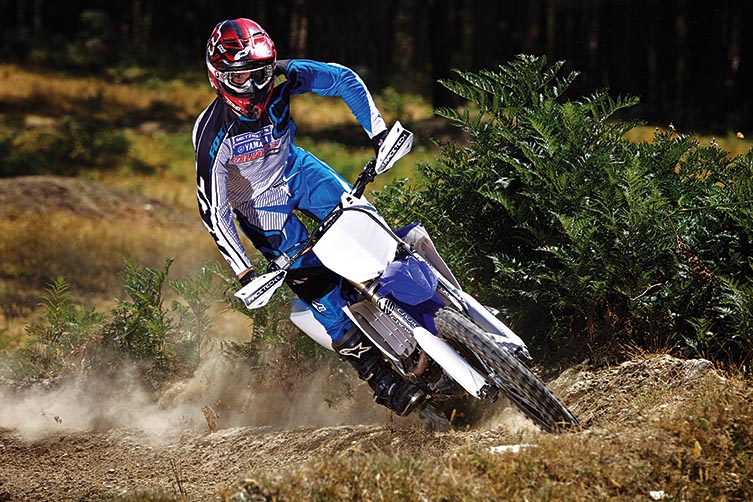
Standing’s the go for open corners.
Position & Vision
As the trick is the flow, I’m looking to stay in a fairly central position on the bike. I’ve no need to be hanging right over the front as there’s no danger of it being accelerated into the air with my smooth throttle inputs. Conversely, there’s no need to get my weight back to anchor the bike for heavy braking. Staying in the same place helps me conserve vital energy and focuses my attention on being smooth and able to react to any unexpected situations. My eyes work overtime in these situations, not only am I scanning the terrain a couple of metres in front of the bike for large rocks, roots and natural obstacles, but I’m also trying to see through the trees to be ready when the trail opens up and I can start to get on the gas again. Then I’ve got to be aware of my height when standing on the bike and look up, while also leaving a small amount of vision to be able to see if any animals are about to dart in front of me. Tight terrain isn’t the place for tunnel vision
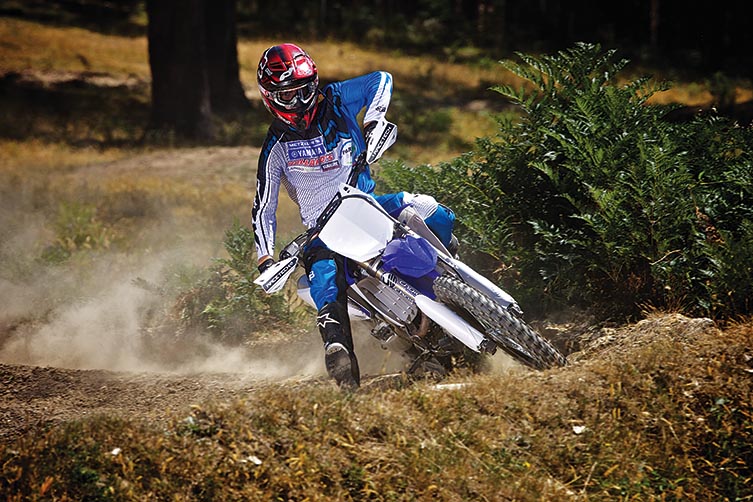
Sitting’s the choice for the really tight stuff.
Power vs Torque
As the flow is primary concern, there’s no need for me to be riding in too low a gear and high up in the engine’s rev range. It’ll only make the bike less stable under the increased acceleration and also sap my energy as I hold on to the bars. I’ll enter a gear higher than if it was just a corner on its own and ride through on the torque. This will smooth out any throttle twists and hopefully mean that I’ll not have to change gears during the whole section. All these actions are designed to keep the bike level and easier to ride. I’ll keep my left hand over the clutch at all times as a precaution; to use if I need to break traction or change gear on exit. Running the higher gear gives me more time to concentrate on my riding.
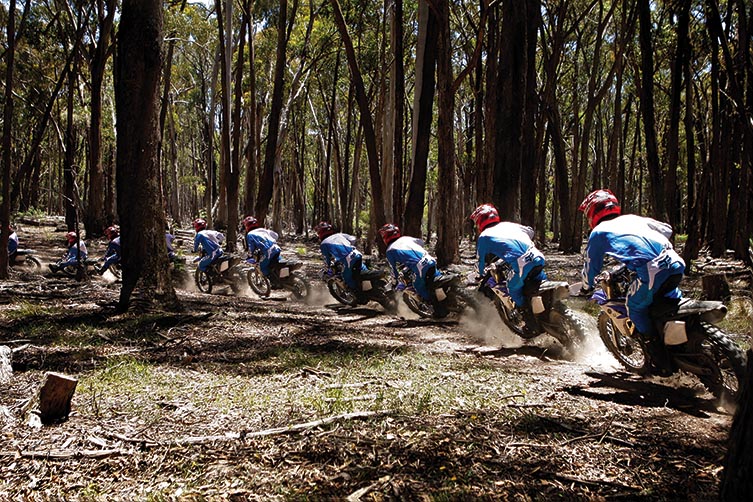

Peg Weighting
Adding to the steering inputs made through the bars, weighting the inside footpeg helps turn the bike and maintain an arc. This is particularly useful in the tighter terrains as it’ll help you transfer from side-to-side in a quicker manner while having the added benefit of anchoring your foot (and therefore your body) to the bike. This means you’ll be more stable if you hit a rut or hole that threatens to bump you out of the saddle. It’s most effective when you’re standing (as you’ll get more leverage) but can be employed while seated, too.
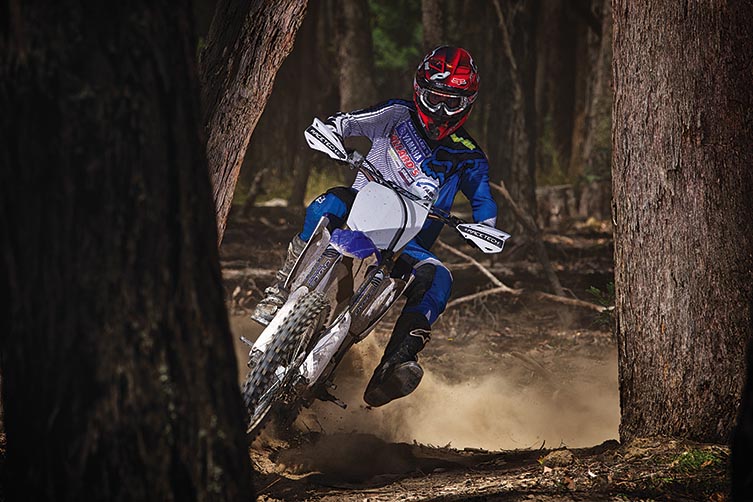
Rear Wheel Steering
Steering with the rear is a whole art form unto itself and difficult to master on an enduro bike due to the rough terrain it runs over. It’s one thing to be able to get the back stepping out under braking, but a completely different animal if you want to utilise that action to help steer with it. The line between braking, sliding, turning and then getting seaminglessly back on the throttle is hard to master so that it actually makes you faster, rather than just looking like you are. The skill is in the transition from rear brake stepping the back out, to the throttle keeping it there. Practice on one corner and against the clock – you’ll often feel good sliding the rear, but will be quicker when both wheels are in line
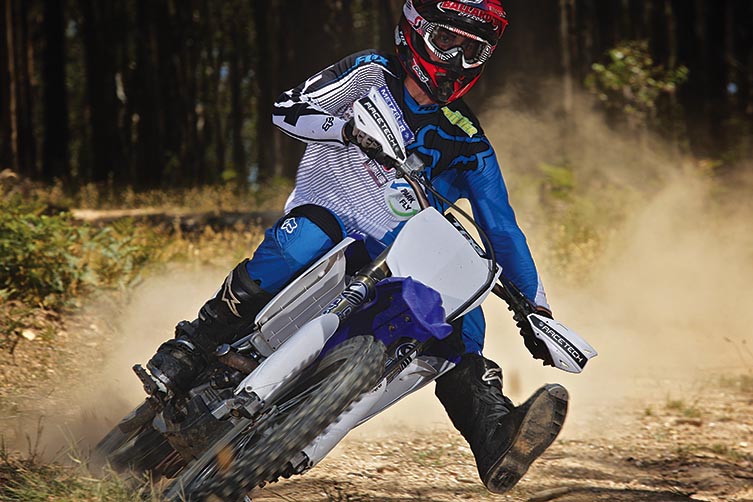
Safety Margins
I aim to get close enough to each tree that it taps my bike’s handguards as I pass. A gentle tap won’t affect the steering and is the shortest distance through the section. But the best safety margin is the one that works for you – if you’re thinking about whether or not you’re going to hit the next tree, then you’re riding too close to it and that will have an effect on your speed further down the course. Be comfortable and enjoy the ride. I prefer the open-type of handguards as they’re more forgiving than the wrapround types and deflect off obstacles rather than bounce the bike off them. Another important safety function is to remember to breathe. Sounds silly, but I’ve known so many riders caught up in the riding tight stuff that they’ve nearly passed out from hypoxia!

It’s one thing knowing your stuff, but another to execute it in top company. Daniel fronted up to the 2012 A4DE on his Ballard’s Yamaha Park & Fly YZ250F and claimed the Outright win after four long days of combat in both wet and dry conditions.
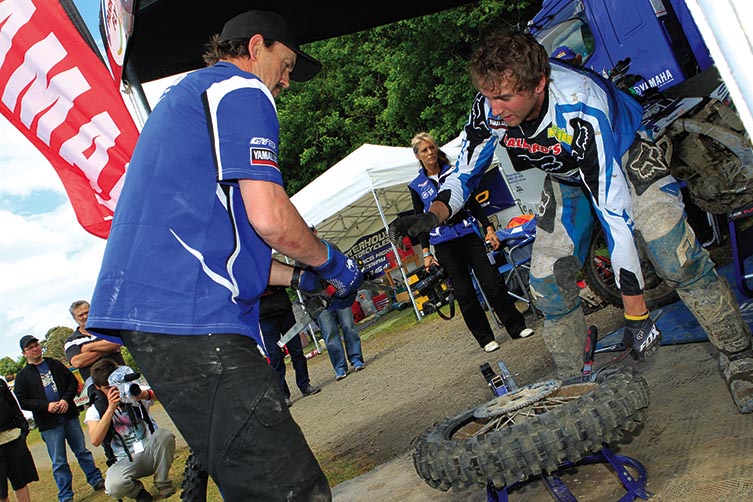
Transmoto’s editor, Andy Wigan, was on hand to view Milner’s style through a selection of the event’s sections, and was one of the many left impressed by the skill and speed of the 21-year-old through the tight stuff. Take it away, Andy… “You know you’re watching something pretty damn special when a rider stands out in competitive A4DE company. So when I saw Daniel take apart the class field in every tight special test at the Warragul 4-Day, I knew I was witnessing world-class talent. While all his major rivals were posting very similar times to each over the special tests on Days 2 and 3, “Doogie” Milner was consistently 10, 15 or even 20 seconds faster in each of the tests. It was an amazing display of controlled aggression, smart thinking and conserving energy.
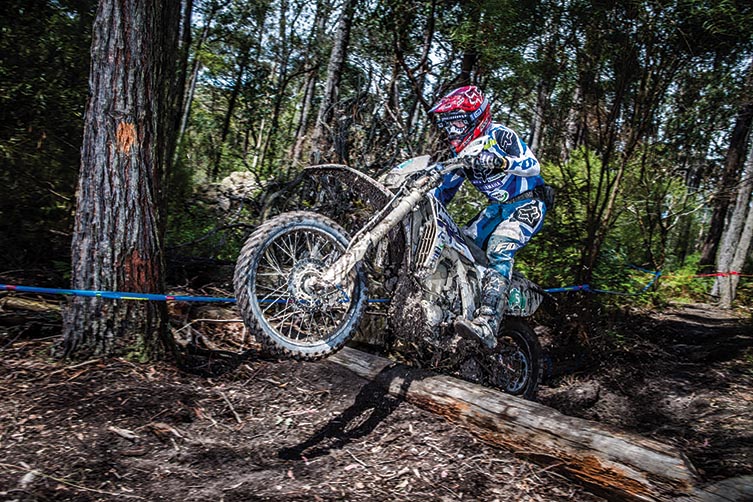
No other rider came close to looking as composed as Milner in the tight terrain, and that won him the event. And to do this shortly after a brilliant run at the German ISDE proves that the young Victorian has a huge future in the sport – both here and internationally.”

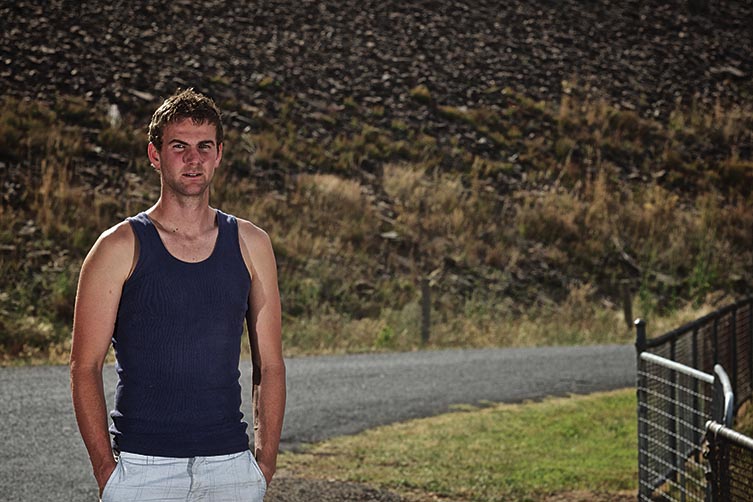
Daniel Milner came of age in 2012, with an Outright win at the 2012 A 4DE and E1-class AORC title. Although no stranger to podiums (he’s a three-time Victorian Off-road champ), it’s been a standout year for the 21-year-old. Riding since he could walk, he’s grown up on a diet of tight enduro sections and was the natural choice for this How-To.
Related Content

HOW-TO: WASH YOUR DIRT BIKE

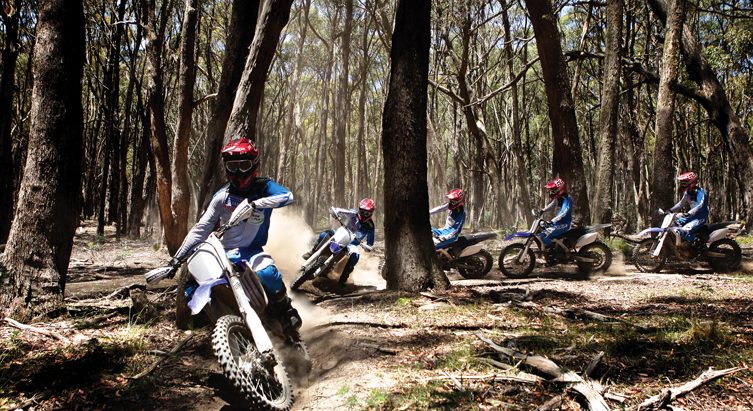







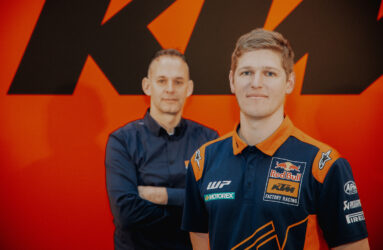
Be the first to comment...